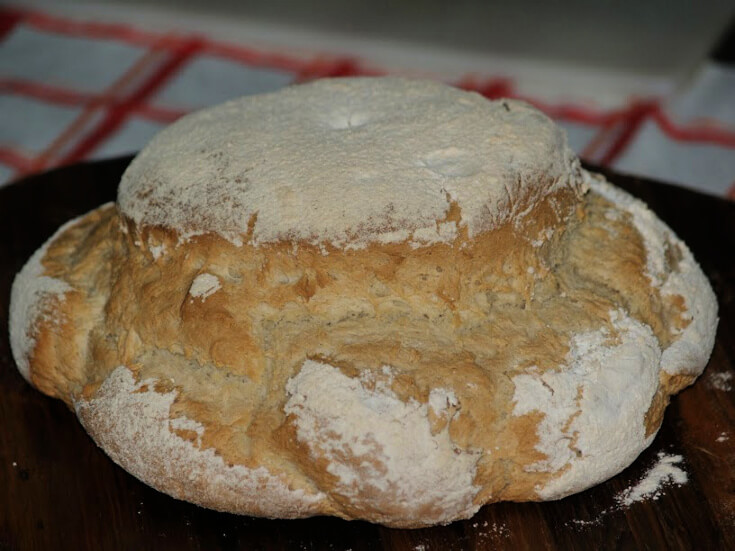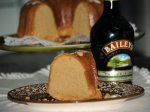- Painless Cooking
- How to Cook
- Kitchen Supplies
Kitchen Supplies
Stocking kitchen supplies must be done in an organized and orderly fashion in order to get the best quality for the least money. Take time to visit all the local stores. Thinking of what you want in your kitchen pantry, assess the range of quality of goods and services that each store offers and compare their prices. Even if you decide to buy most of your food for your pantry storage from a supermarket, try to find and acquaint yourself with a local butcher, fisherman and a fresh produce source.
In purchasing your kitchen supplies, a storeowner or manager can give you good advice on what is currently a best value. Because they are actually stocking a “large kitchen pantry” they will have a lot of good knowledge. If you are a regular customer, they are more likely to offer you good advice on the long term food storage of products. Be sure to tell the one in charge when you get good products that you have enjoyed. This way when you receive something bad, they will more readily accept the complaint.
Remember when buying your kitchen supplies that more money is spent on food than any other part of the housekeeping budget. Aim at getting the best possible value keeping within your budget without cutting down on food value.
Among your supplies, meat is usually the biggest item on the bill. As a first class protein, it plays an important role in your diet. It is better to buy more of a cheaper cut than less of a prime cut. Fish is a wonderful source of food value and adds a variety to the diet. However, unless you can find a supplier like a fisherman, it can be much more expensive. This is something you might want to consider if you are living on a budget.
Knowing how to store your supplies to prevent unnecessary waste can help keep the bills down. You need to know which items can profitably be bought in bulk and which ones cannot. You also need to know which foods keep and for how long.
It is recommended to store flour, corn flour, oatmeal, rice, tapioca, lentils, beans and pasta for no longer than 8-10 months. I have stored these pantry supplies for a year and longer with no problems. This is how I do it. As soon as I purchase these items, I place them in a plastic bag and put them in the freezer for at least 2 weeks. I then remove them from the freezer and store them in food storage containers in the pantry. With this process, anything that might be alive (as it is quite often) will no longer be and will save from any waste.
Rotating food is very essential in keeping your pantry supplies in top quality condition, thus preventing financial losses. I try to use up all items in the pantry within 1 year. This includes all canned fruits, vegetables, meats, jams, jellies, etc. Items in the freezer should be rotated within 6 months; Fish I like to use within 1 to 2 months.
The following is a list of uncooked perishable pantry supplies kept in the refrigerator and the storage times on them.
Kitchen Supplies Shelf Life
- Milk products………..5 days
- Cheese………………….1 week
- Butter/margarine….3 weeks
- Eggs, uncooked……….2 Weeks
- Meat………………………..3 days
- Cured meat………………1 week
- Fish…………………………..1 day
- Poultry……………………..3 days
WHAT IS SINGLE ACTING BAKING POWDER VS DOUBLE ACTING BAKING POWDER?
There are a few things which you may not include in your pantry staples. Sometimes it simply is not necessary due to the demand in your recipes. One of these items is the SINGLE acting baking powder. Almost all recipes call for DOUBLE acting baking powder. The double acting baking powder releases its gases both with liquid is added and also when heated. The single acting baking powder only releases gases when moistened. For these reasons most recipes include the double acting to achieve more lightness.
If there does come a time when you need the single acting baking powder and do not have it in your pantry staples follow the simple instructions below. I use cream of tartar, cornstarch and baking soda all the time so I consider them necessities to keep in stock.
Single Acting Baking Powder
- ¼ Cup cream of tartar
- 3 Tablespoons cornstarch
- 2 Tablespoons baking soda
COMBINE ALL ingredients in a tightly covered glass jar.
Shake the jar vigorously to blend; store at room temperature for up to 1 month.




